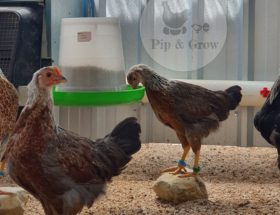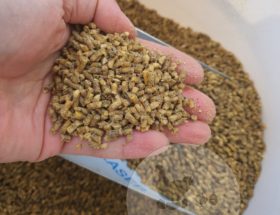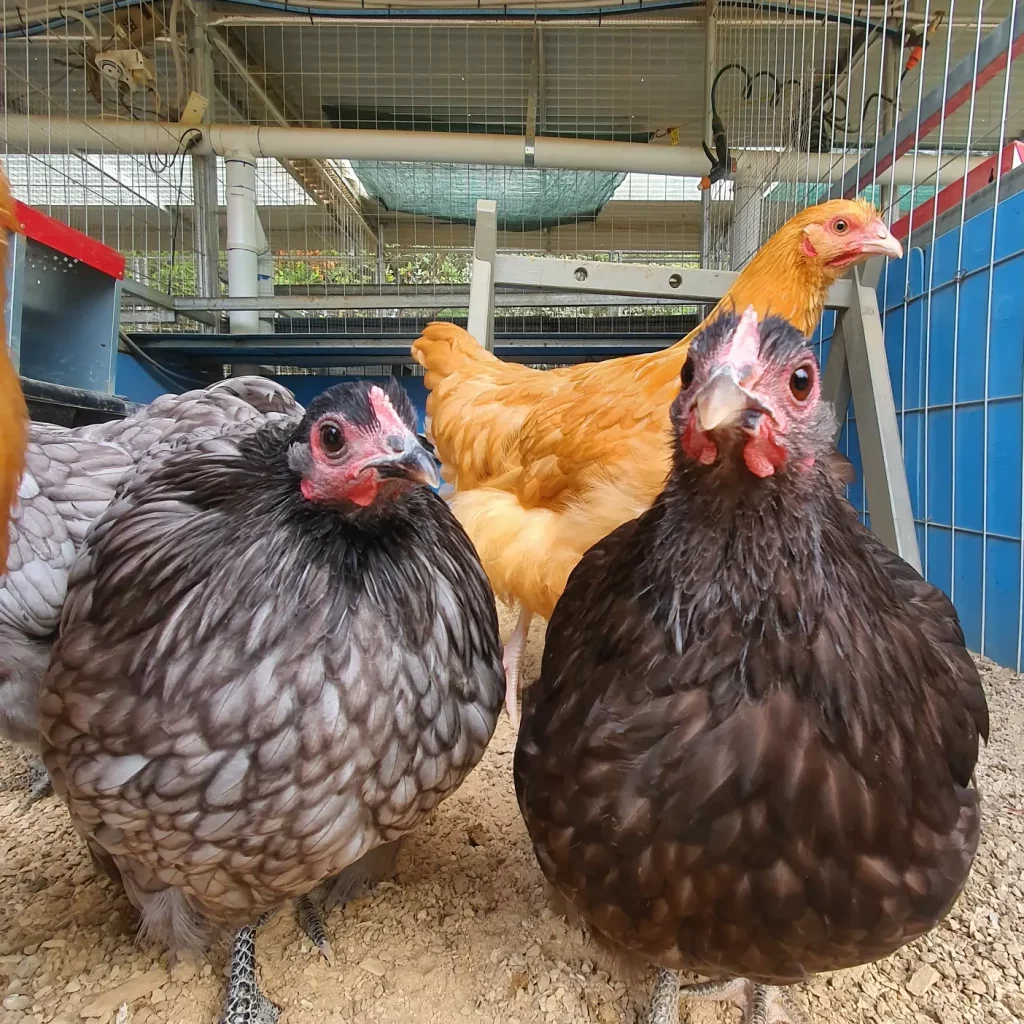
Adding new feathered friends to your flock is always an exciting prospect! However, we’ve unfortunately heard too many stories of people purchasing poultry only to discover they’re unwell once they arrive home. We’ve compiled some key things to keep in mind when purchasing new chickens:
Pre-purchase
Before contacting the seller or breeder, it’s crucial to ensure that the chickens are coming from a trustworthy source. Take a moment to do some background checks – Are the chickens bred and raised in a clean and well-cared-for environment with ethical practices? Look for photos on social media showcasing the breeding pens, conditions of the breeder, grower pens, and other relevant facilities. Check for any reviews and see if they seem responsible. When you do reach out to them, ask some questions to gauge their knowledge about chickens. Are they genuine experts or just resellers? While staying within budget is important, remember that raising a healthy, happy chicken requires an investment of both money and effort, and it’s often reflected in the price tag. Investing a little more in chickens from a trustworthy source. It only takes one sick chicken to potentially infect the entire flock, leading to significant losses in terms of both time and resources. By purchasing from a reputable and reliable source, you can reduce the risk of introducing diseases or health issues to your flock, ultimately safeguarding the well-being of your birds and your happiness.
Upon Pick Up
Make sure you are prepared for “Quarantine” if you have an existing flock.
Alright, it’s pick-up day, and the seller seems trustworthy. Remember, never purchase chickens over the door and hand over money without taking a closer look at the chickens first. It’s essential to inspect them carefully before making any decisions.
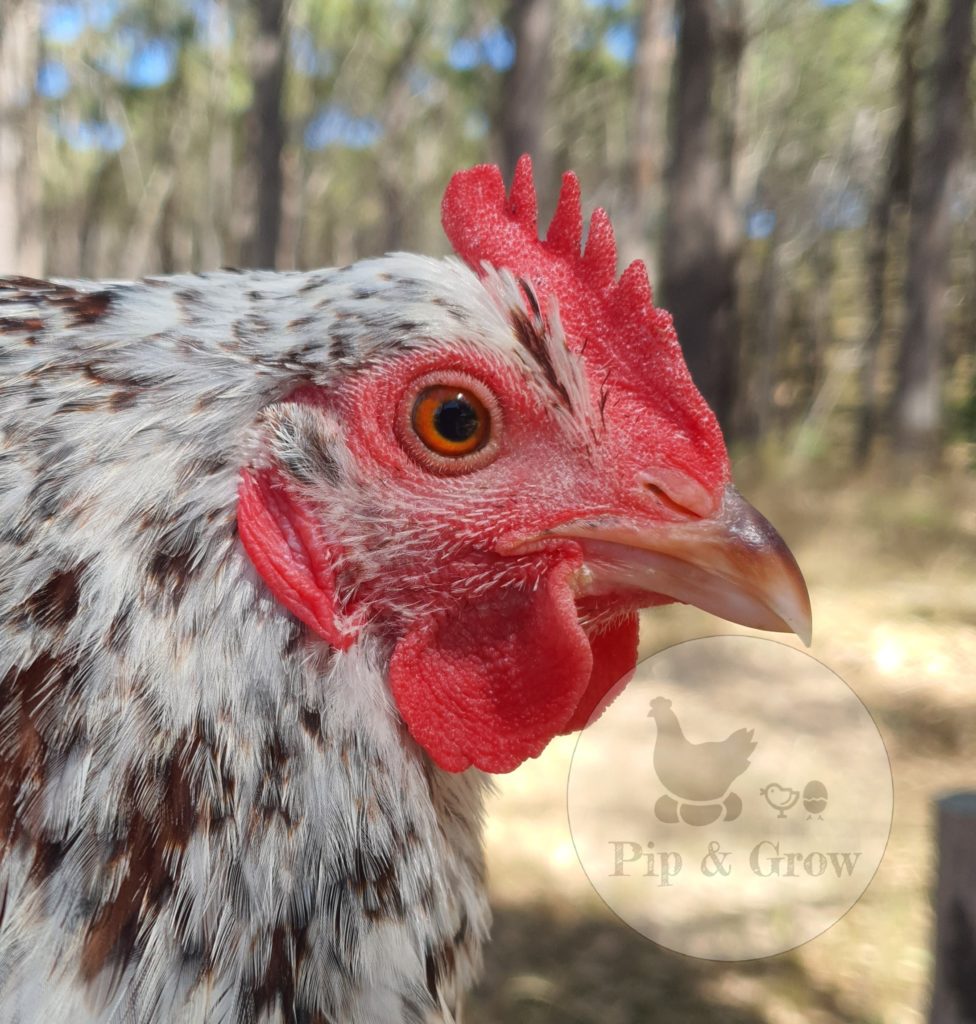
Here’s a checklist to follow when assessing the health of chickens before purchase
1. Physical Appearance
– Feathers : Shinny and clean
– Eyes : Bright, clean and alert, free from any discharge, bubbles & abnormality.
– Nose : Clean, no discharge or runny fluid. Have a smell – must be free from any smell.
– Ear : Clean, no discharge or smell. Any yellow discharge or smell -> sign of ear infection
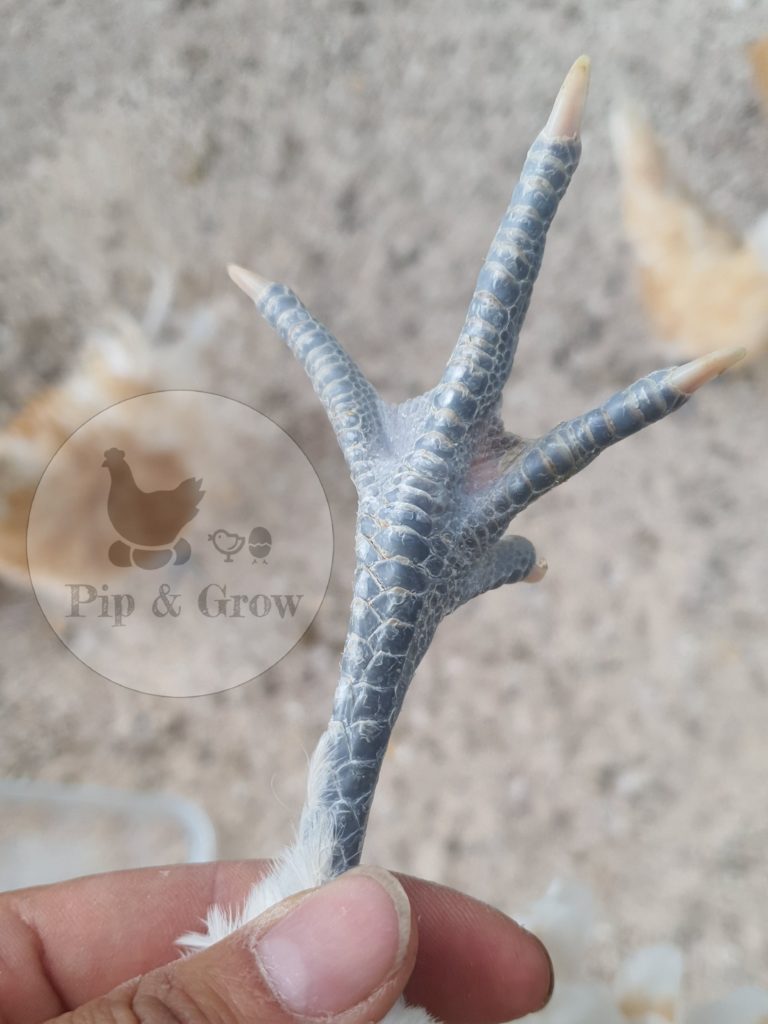
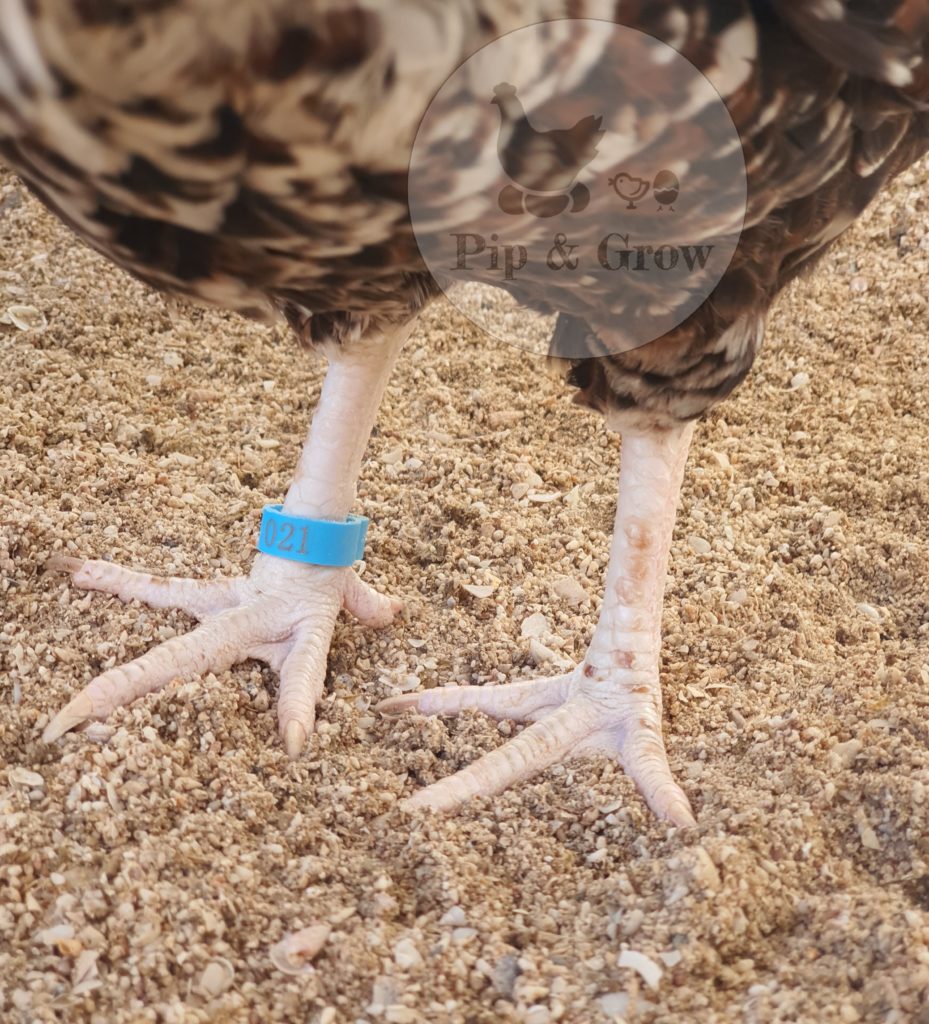
– Legs : Covered in healthy scale, No sore (bumble foot). Lifted up scales are signs of scaly leg mites.
Scaly leg mites on Chicken photos – Google images
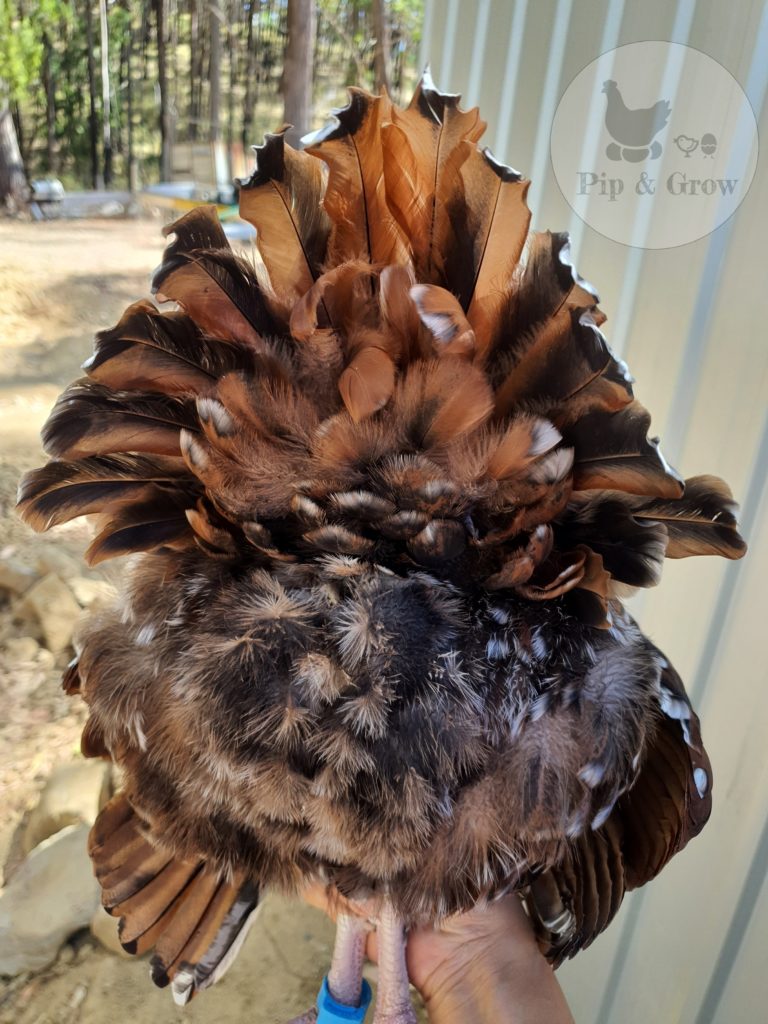
– Vent : Clean, dry, and free from swelling or discharge.which could indicate health issues.
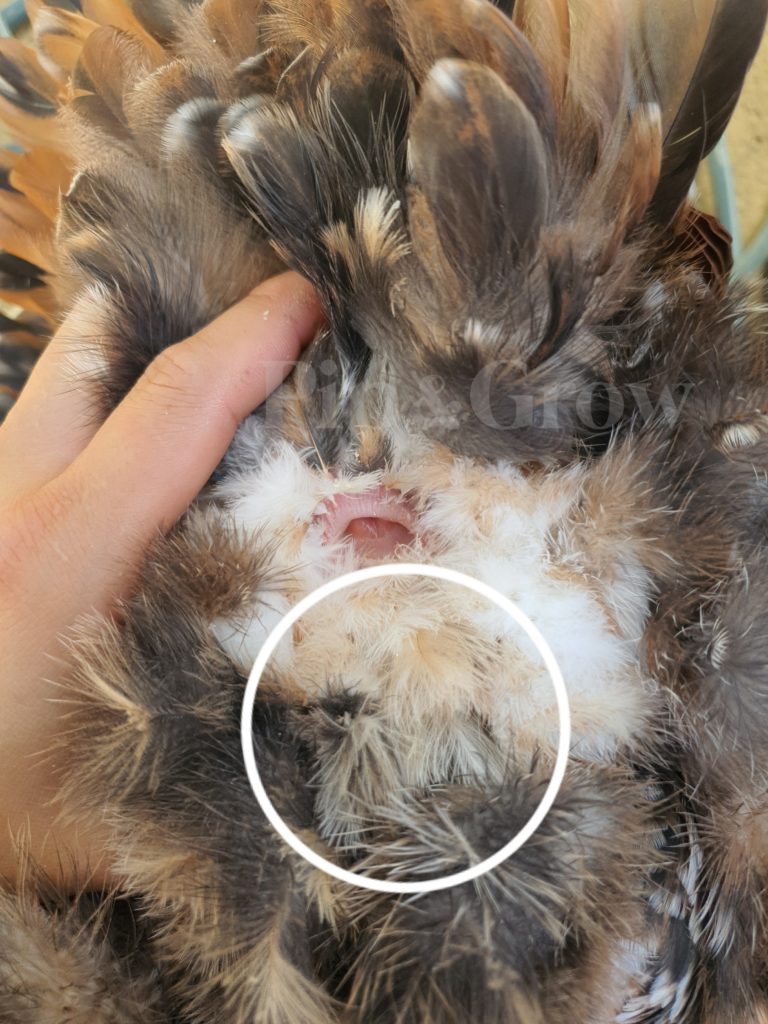
Check right under the vent, in the circled area, where poultry lice are usually found. Look for hard lumps of tiny eggs hanging at the bottom of feathers near the skin, as well as tiny, fast-crawling lice.
Click here to view lice egg on poultry feather on google image
Our birds are free from lice and any types of mites. We are only able to provide a photo without any lice eggs for your reference.
2. Respiratory check
Put your ear close to chicken’s beak. Listen for any abnormal sounds such as wheezing, coughing, or sneezing, which may indicate respiratory issues. Observe the bird’s breathing for any signs of labored breathing.
3. Digestive Health
Assess the chicken’s crop; it should be nice and full but not rock hard or squishy. Smell the breath – a sour smell indicates sour crop. Check the vent area for cleanliness and signs of diarrhea or pasty butt (white dried discharge under the vent). It’s even better if there are healthy droppings around.
Ask the seller about the chickens’ diet and what they have been fed. Understanding their feeding regimen can provide valuable insights into their nutritional status and overall health. Additionally, knowing their diet can help you transition them to your own feeding routine more smoothly.
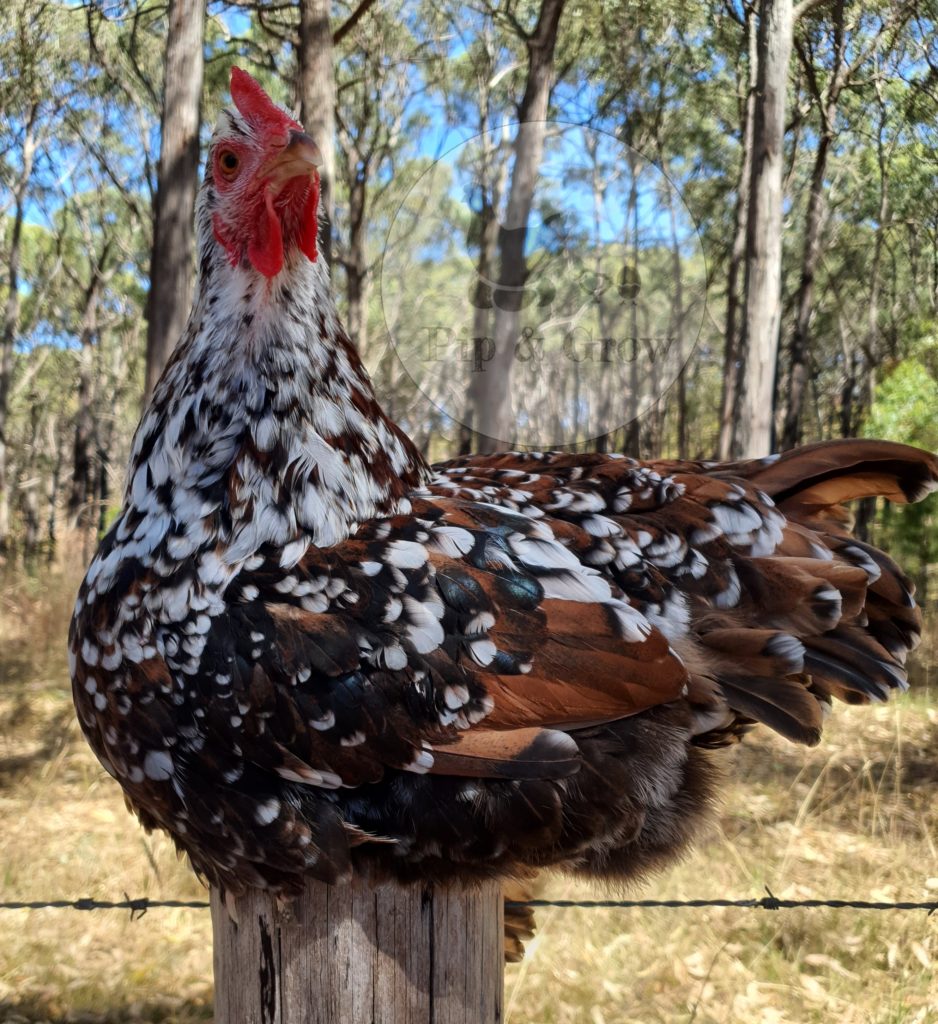
4. Behavioral Signs
Healthy chicken should be alert, curios, and active. Avoid birds that appear lethargic or slow to response.
5. Mobility
Ensure the chicken can move its wings and legs freely without any signs of stiffness or lameness. Watch for any limping or favoring of one leg, which may indicate injury or joint issues.
6. Worming / Vaccination History
Ask the seller about the worming history of the birds, including when it was last done and what product was used. Additionally, inquire about the vaccination history of the birds if available. This information will help you understand the health status of the chickens and ensure they receive appropriate care in the future.
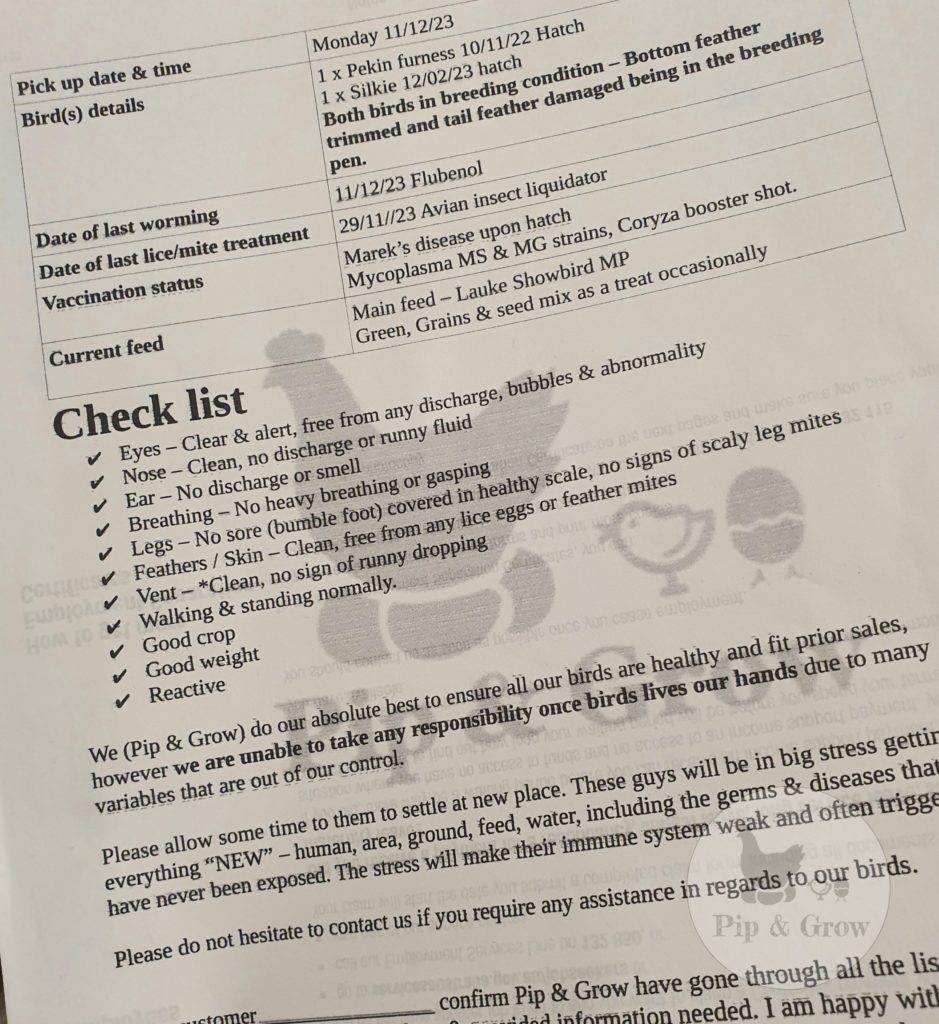
We understand that the process of inspecting chickens before purchase may seem like a lot to take in and can be overwhelming. However, it’s crucial to remember that as a buyer, it’s your right to conduct a comprehensive check of the birds before making a purchase. Any responsible seller should recognize and respect this, and they should be willing to allow you the time to inspect the birds thoroughly. If the seller doesn’t offer you the opportunity to inspect the chickens, it’s important to request it yourself. This ensures that you can make an informed decision and choose healthy birds that meet your expectations. Addressing any issues promptly not only ensures the health and well-being of the birds you are considering but also helps prevent the spread of disease to your existing flock, this thorough examination allows you to confirm that the chickens match the description provided by the seller and meet your expectations in terms of breed, age, overall condition and the price you are paying.
Lastly, it’s crucial to note that any new birds should undergo a quarantine period of a minimum of 2 weeks, ideally 4 weeks. During this time, it’s essential to monitor them closely for signs of illness that may have been hidden and to prevent the spread of disease to your existing birds. Similarly, the new birds will encounter new bacteria, viruses, and microorganisms in their new environment to which they have never been exposed before. This exposure can pose a risk to their health, as they may not have developed immunity to these pathogens. Quarantine allows for observation during this critical period, helping to identify any potential health issues and prevent the spread of disease to the existing flock.

